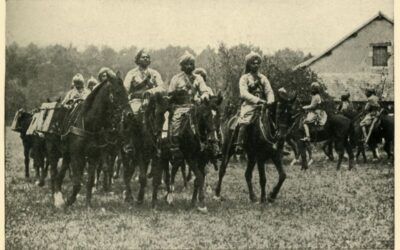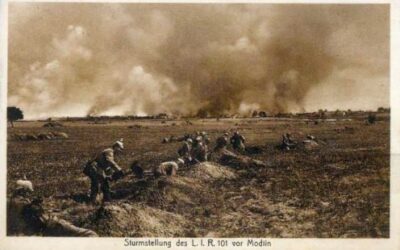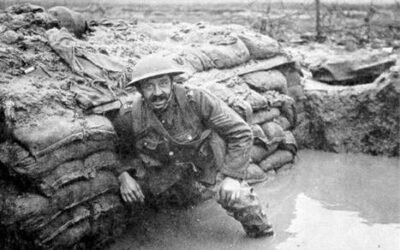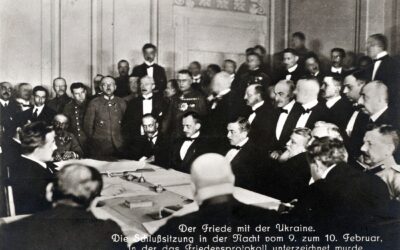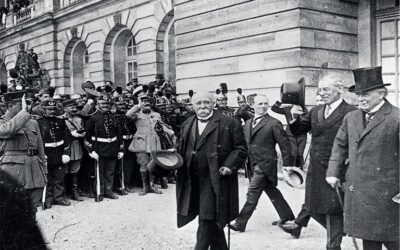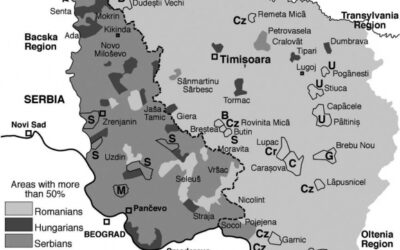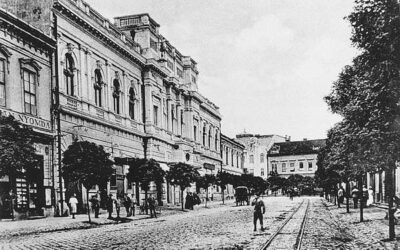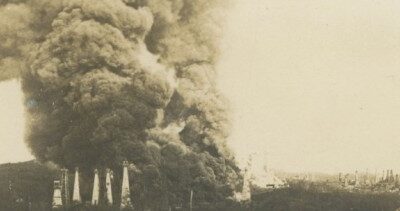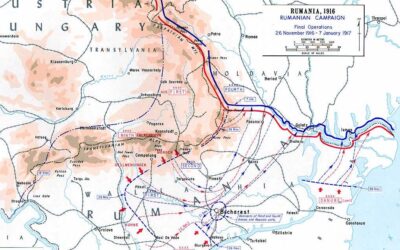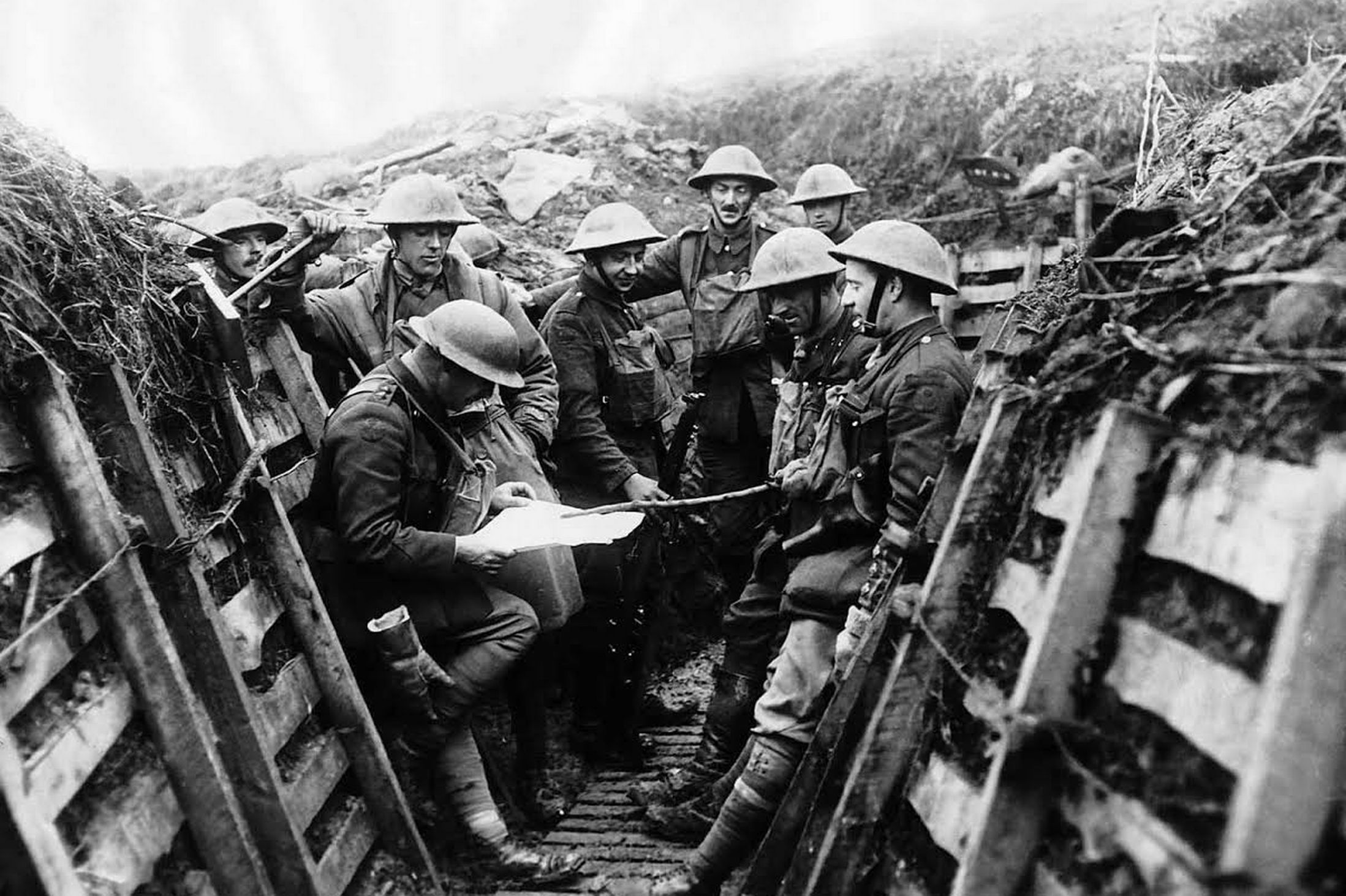
How World War-I shaped India’s fight for freedom
The year was 1914. In the month of June, the first World War broke out. The Great War, as it was known, would go on to redefine the rest of twentieth century. The war would also rekindle a hope, a much-needed direction to the Congress nationalist movement that had...
The end of 1917, when victory seemed certain for the Central Powers
The Central Powers were at their most favourable moment at the end of 1917. Russia had fallen prey to revolutions and the Bolsheviks, Lenin suing for peace. Russia’s exit from the war would have dramatic consequences for Romania, the only other Eastern European ally...
The German offensive on the Western Front in 1918, the Spanish flu and the Allies
Following the conclusion of the Treaty of Brest-Litovsk with the Russian Bolsheviks, Germany concentrated its forces on the Western Front. But the military offensives in the spring and early summer of 1918 were thwarted by both Allied soldiers and an unexpected enemy-...
The strategy of the Russian Bolsheviks in the negotiations of Brest-Litovsk
One week after the signing of the armistice between Russia and the Central Powers, negotiations between the two sides for the signing of a peace treaty began in Brest-Litovsk. The Bolsheviks successfully insisted that the talks be public, something never seen before...
The French and the Russian Bolsheviks at the end of the First World War
French Prime Minister Georges Clemenceau was uncompromising in his attitude towards the Russian Bolsheviks. For Clemenceau, Lenin and Russia had betrayed the cause of the Allies, leaving France at the mercy of Germany. The conclusion of the Brest-Litovsk Peace Treaty...
The Serbian invasion of Banat (II)
Just a few days before the end of the First World War, newly liberated Serbia sent its units to occupy Banat, taking advantage of the collapse of the Habsburg Monarchy. On November 15, 1918, the Serbs marched into Timișoara, inaugurating two and a half months of...
The Serbian invasion of Banat (I)
Just a few days before the end of the First World War, newly liberated Serbia sent its units to occupy Banat, taking advantage of the collapse of the Habsburg Monarchy. On November 15, 1918, the Serbs marched into Timișoara, inaugurating two and a half months of...
Sabotaging the German war machine: The destruction of the Romanian oilfields in November 1916
In order to prevent the use of Romanian oil by the Germans in the First World War, the refineries, wells, as well as the installations in the south-east of the country were destroyed in the autumn of 1916 by British engineers, with the consent of a relunctant Romanian...
The mines of Messines: “We may not change history tomorrow, but we will certainly change geography”
In the summer of 1917 the battle of Messines begins. It was started by the detonation of 19 colossal mines, 500 tonnes each, placed beforehand by the British corps of engineers under the German positions. The fortified peak was destroyed, in what was called at that...
What did Romania risk and what it had to gain if the war continued in 1918?
The decision of the Russian Bolsheviks to conclude peace with the Central Powers exposed Romania to a dramatic situation. Either continue the war alone with the Central Powers, without having the possibility to be resupplied by the Entente, or, as it happened,...

